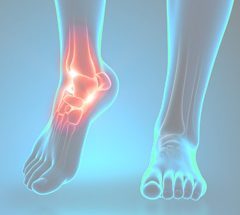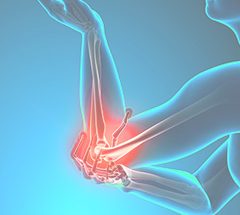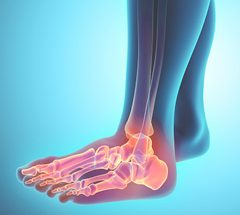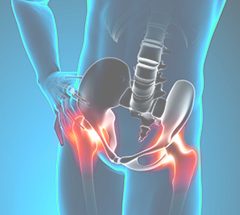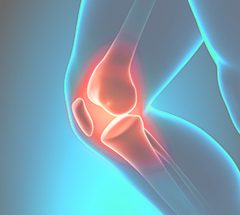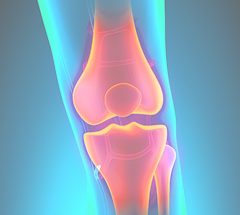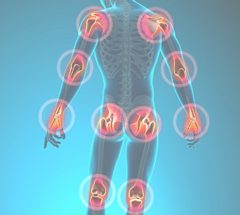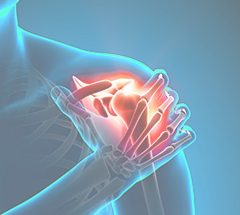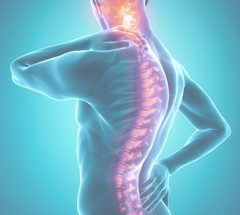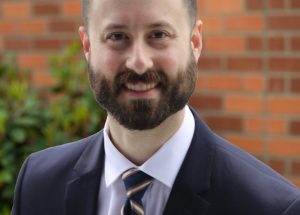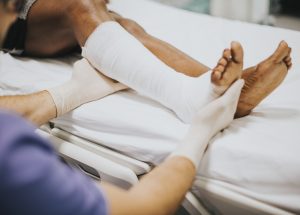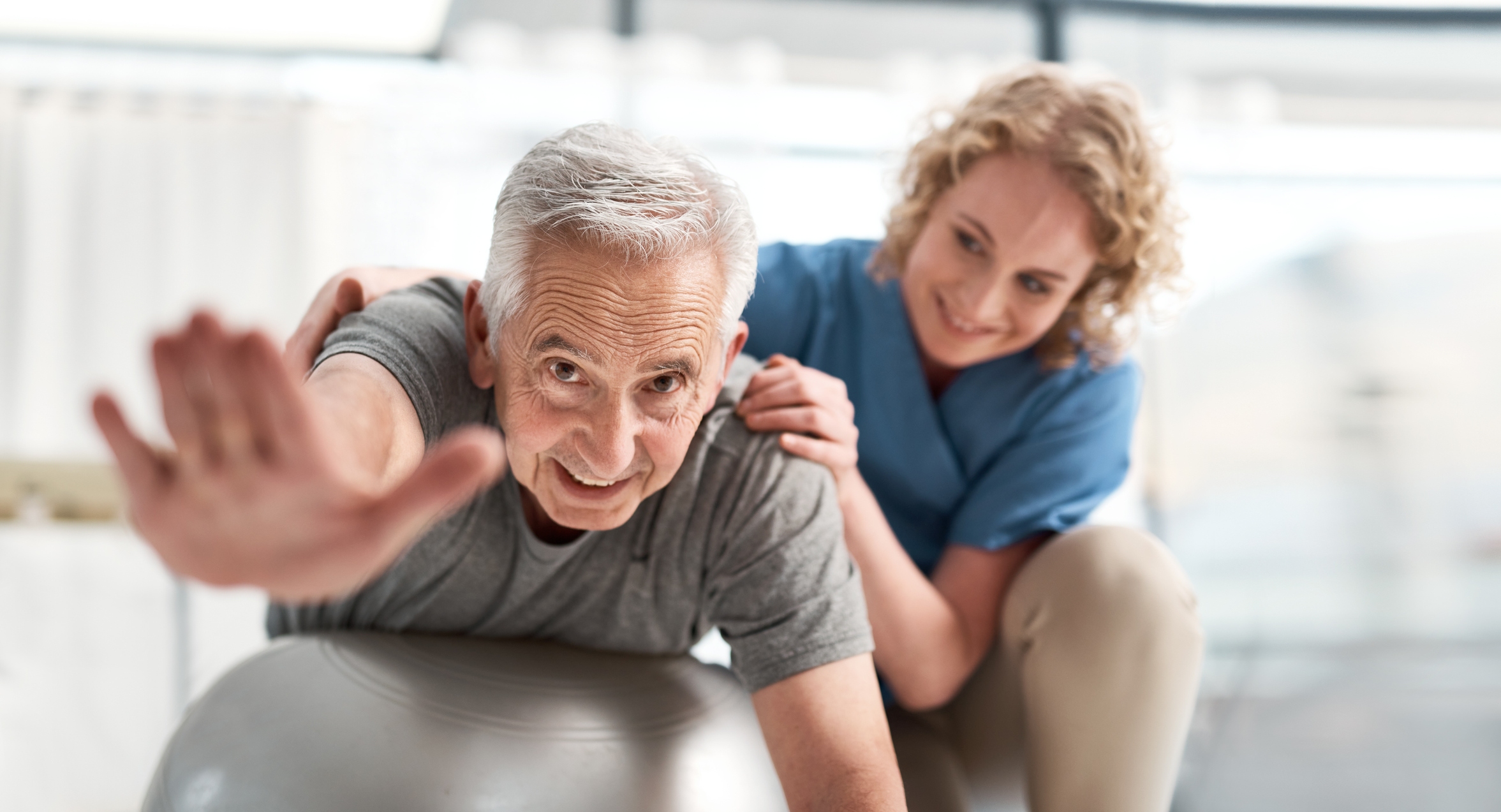
There’s a theory out there that seeks to explain how, why, and at what rate new technologies (a.k.a. new ideas) spread. It’s called the Law of the Diffusion of Innovation—or The Adoption Curve for those of us outside of academia—popularized in 1962 by Everett Rogers, a professor of communications studies, in his book Diffusion of Innovations.
The Adoption Curve theory states we humans naturally fall into one of five groups when a new idea arrives at our doorstep: Innovators, Early Adopters, Early Majority, Late Majority, or Laggards.
Innovators are rare: they’re the risk takers willing to try anything, and they DON’T “go with the flow.” Early Adopters are also rare, and HIGHLY interested in trying new technology and establishing its utility.
Meanwhile, Laggards compose a minority so risk-averse they don’t adopt ANYTHING until innovation sweeps through society and forces them to use it.
Most of us (68%) fall into the Early Majority or Late Majority categories. These are comfortable places to live: while others implement new ideas, we kind of watch to see how things go. After a while, if everything checks out, we decide the foundation of any new technology is solid enough to stand upon, so we jump on board.
Interesting stuff for sure. And universal—new ideas in medicine are not exempt from The Adoption Curve. So, when it comes to non-surgical treatments for orthopedic injuries, a form of regenerative medicine called orthobiologics is slowly gaining acceptance by Early- and Late-Majority types (the Innovators jumped on board long ago).
Regenerative medicine has been around for a while—initially gaining momentum in the 1990’s when tissue engineering showed promise to help with procedures like skin grafting. The principle behind regenerative medicine harkens back to what we were taught in junior high school science: the human body can heal itself in a variety of ways—our skin repairs a cut, broken bones mend, and a liver donor regenerates what’s missing in weeks.
Ever since those ‘90’s grafting innovations, scientists continued to examine our bodies’ naturally occurring ability to heal and now use regenerative medicine to treat a variety of conditions—including musculoskeletal injuries, tendon injuries, and osteoarthritis.
Enter orthobiologics: a specialization within regenerative medicine utilizing platelet rich plasma and therapeutic cells to repair injuries to the musculoskeletal system that may not be treatable through conventional methods. Orthobiologics also augments healing and rehabilitation after surgical treatments.
Bottom line: orthobiologic therapies harness cells and proteins naturally found in our bodies to effectively support efficient regrowth of musculoskeletal tissues, including cartilage, bone, tendons, and ligaments.
When does it make sense to adopt orthobiologic therapy?
This isn’t about REPLACING surgical interventions. This is a therapy for those who may not WANT surgery, or otherwise may not QUALIFY, to give them an opportunity to get their quality of life back.
For example, platelet-rich plasma (PRP) injections are a patented orthobiologic process in which a portion of blood with high platelet concentrations is drawn—then reinjected—at sites of soft tissue injuries (like sports injuries), or for chronic conditions (like patellar tendonitis, a.k.a. “jumper’s knee,” as well as osteoarthritis, and more).
Orthobiologics may also be a good option after surgery to promote healing and rehabilitation.
What are the benefits of orthobiologic therapy?
- Faster recovery than surgical interventions
- Accelerated healing process—a shorter runway from rehabilitation to “return to normal”
- Decreased need for use of pain medication
- Minimized impact of degenerative disease
- Often covered by insurance
With orthobiologics, ProOrtho is pushing the future of medicine forward in ways that will positively impact those in the Early Majority or Late Majority suffering from pain, providing new resolutions for long-lasting health and healing.
Want to learn more orthobiologics? Give us a call at 425.823.4000. Our doctors offer the widest spectrum of surgical and non-surgical options paired with the most advanced technologies available. We specialize in sports injuries, foot pain, hip replacement and more.

